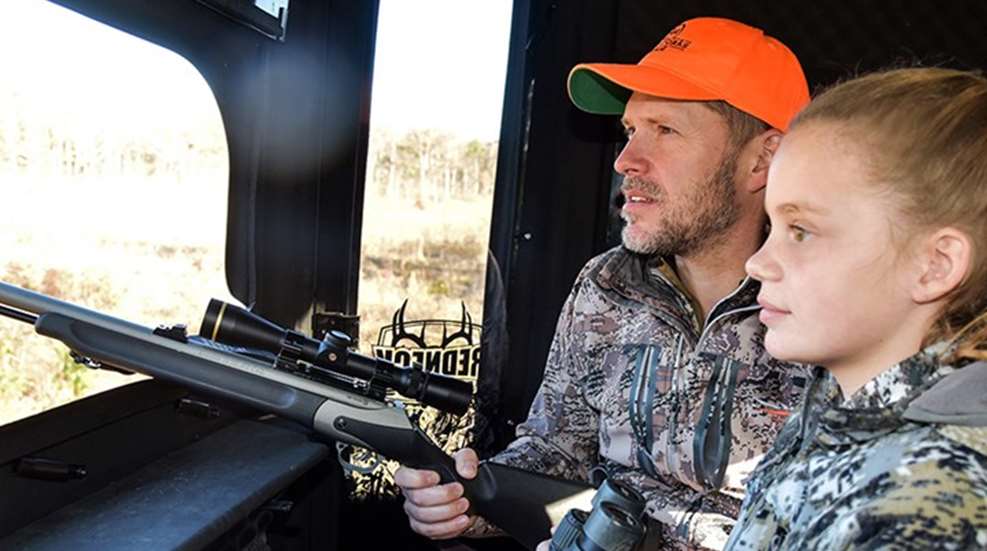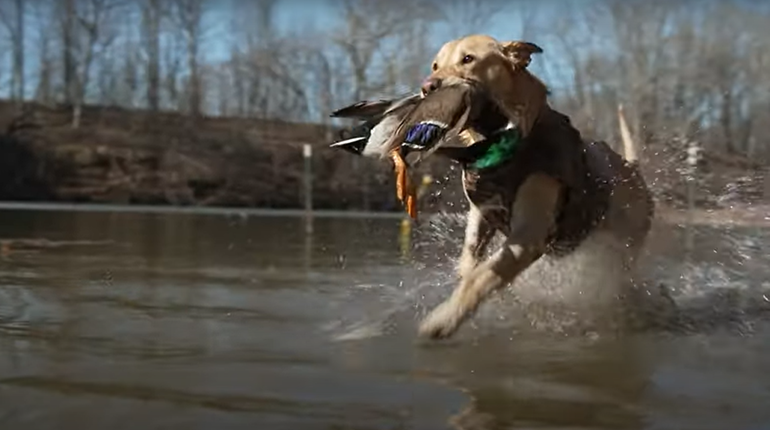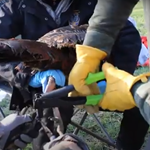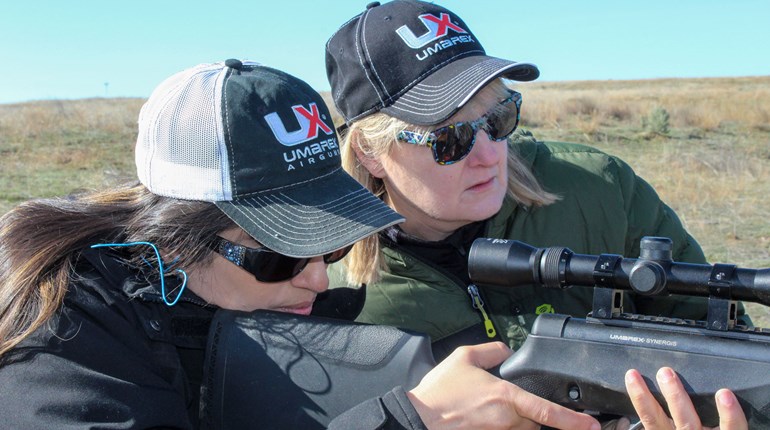
What do people mean when they say "sport hunting"? The phrase came about from the end of an era that marked a very different type of hunting--"market hunting"--as a way to differentiate the way individual hunters interact with the environment from the way commercial hunters did so. Think of it as the difference between you taking your kids out fishing versus a commercial fishing boat that will harvest thousands of fish at one go. Sport hunting is a complex activity that ranges from subsistence hunting (e.g., people who hunt as a primary way to feed themselves), to the pursuit of trophy specimens. The motivation is primarily recreational, but it is extremely complex; the satisfactions are primarily personal as well, and equally complex.
Outdoor writer Byron Dalrymple once said that a responsible hunter could take an animal for three reasons: because it was a challenge, because the animal was causing damage, or because they planned to use it. That gets at part of the motivation. Hunters hunt to relive their social history; to renew and refresh ancient skills; to be with friends or to be alone. Hunters hunt to have a change of pace from the daily pressures of their lives, to challenge themselves, and to feed their families directly. They hunt to enjoy nature and be outdoors. Each hunter hunts for their own reasons, but most hunters share those reasons--regardless of whether they place them in different orders and express them in different ways. Killing animals is a part of hunting, and it is the part that most managers need to use in their wildlife management plans.
Sport hunting is a primary tool of wildlife managers in manipulating populations of game animals. It may be used to reduce nuisance problems with deer, bear, elk, geese or other species. It may be used to reduce populations to carrying capacity or to limit populations of dominant species to levels that maintain a healthy and diverse community structure. It is often used to provide critical data on the populations being hunted--growth rates, age and sex structures, recruitment, population size, distribution and other data that can be obtained from hunters' harvest reporting.
The management end of sport hunting rests with wildlife managers. They use the hunter, bag limits, seasons, permits, equipment regulations and other factors as tools to accomplish their objectives with populations of huntable species. Maintaining wildlife populations, habitats and communities for the benefit of society is the task of the wildlife manager. The successful use of sort hunting as a management tool is evident in the fact that no species subject to regulated harvest by hunters has become threatened or endangered since the advent of scientific wildlife management. Wildlife management successes with turkey, deer, pronghorns, elk, wood ducks and other species points to the success of scientific wildlife management implemented with the cooperation and support of "sport hunters" everywhere.
Would you like to read more about how hunting benefits wildlife? Click here!
Outdoor writer Byron Dalrymple once said that a responsible hunter could take an animal for three reasons: because it was a challenge, because the animal was causing damage, or because they planned to use it. That gets at part of the motivation. Hunters hunt to relive their social history; to renew and refresh ancient skills; to be with friends or to be alone. Hunters hunt to have a change of pace from the daily pressures of their lives, to challenge themselves, and to feed their families directly. They hunt to enjoy nature and be outdoors. Each hunter hunts for their own reasons, but most hunters share those reasons--regardless of whether they place them in different orders and express them in different ways. Killing animals is a part of hunting, and it is the part that most managers need to use in their wildlife management plans.
Sport hunting is a primary tool of wildlife managers in manipulating populations of game animals. It may be used to reduce nuisance problems with deer, bear, elk, geese or other species. It may be used to reduce populations to carrying capacity or to limit populations of dominant species to levels that maintain a healthy and diverse community structure. It is often used to provide critical data on the populations being hunted--growth rates, age and sex structures, recruitment, population size, distribution and other data that can be obtained from hunters' harvest reporting.
The management end of sport hunting rests with wildlife managers. They use the hunter, bag limits, seasons, permits, equipment regulations and other factors as tools to accomplish their objectives with populations of huntable species. Maintaining wildlife populations, habitats and communities for the benefit of society is the task of the wildlife manager. The successful use of sort hunting as a management tool is evident in the fact that no species subject to regulated harvest by hunters has become threatened or endangered since the advent of scientific wildlife management. Wildlife management successes with turkey, deer, pronghorns, elk, wood ducks and other species points to the success of scientific wildlife management implemented with the cooperation and support of "sport hunters" everywhere.
Would you like to read more about how hunting benefits wildlife? Click here!





































